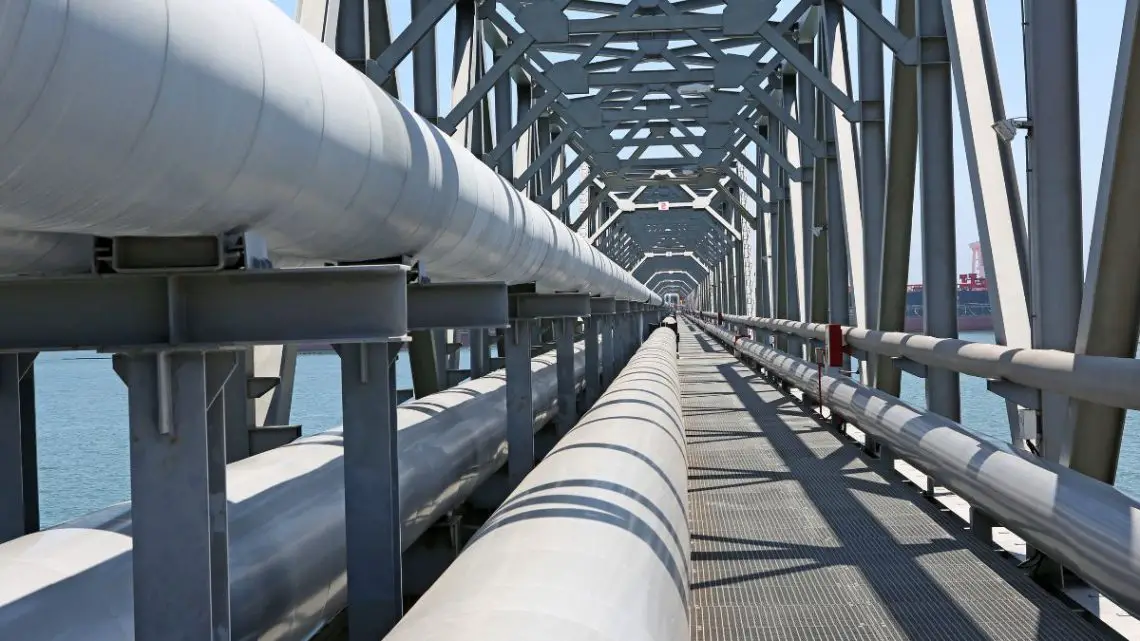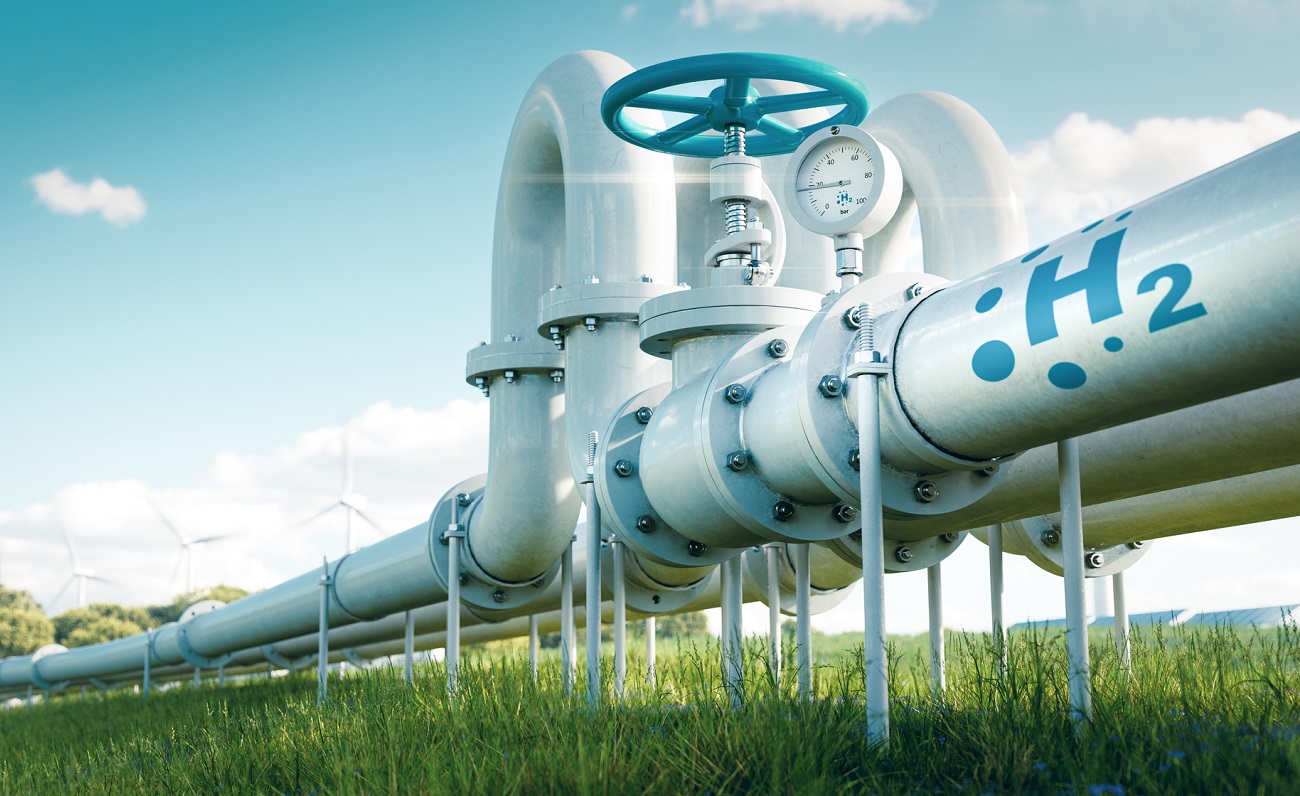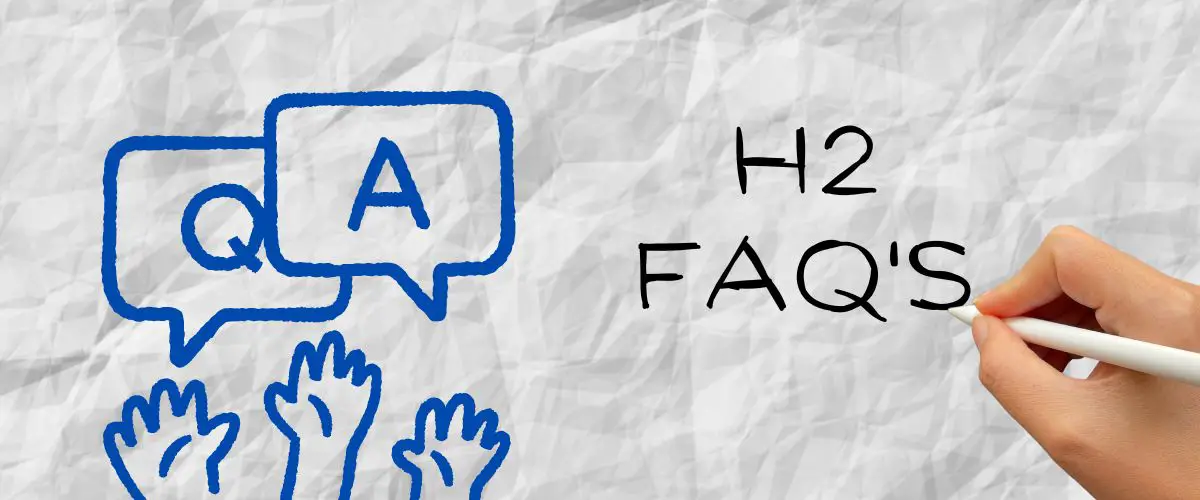
Fresh Research Points to the Practicality of a Hydrogen Pipeline from Gulf to Europe
July 3, 2023The initial study was conducted by RINA and AFRY.
The first-of-its-kind, joint RINA and AFRY Gulf-to-Europe hydrogen pipeline study analyzed how the Gulf region and Europe could be directly linked with a pipeline to transport low-carbon hydrogen. RINA is an inspection, certification and consulting engineering multinational company, and AFRY is a European leader in engineering, design, and advisory services.
The Gulf could be a cost-effect source of low-carbon H2 for Europe.
The results of the preliminary hydrogen pipeline study indicate that there is a “transformative opportunity” to unlock the Gulf region’s full and “immense potential” as a source of cost-effective low carbon hydrogen for Europe.
The study’s initial assessments indicate that though the concept of a hydrogen pipeline connecting Qatar, Saudi Arabia and Egypt and traveling the Mediterranean Sea to Europe may sound ambitious, it is not only attractive but feasible.
The Gulf is rich with renewable energy sources and natural gas reserves, positioning it to become a global leader for producing green and blue hydrogen, ammonia, and other synthesis products, and it’s not only this study that thinks so. A recent IEA report revealed how Oman shows massive potential as a competitive low-emissions renewable hydrogen supplier.
The joint study shows that a suitable hydrogen pipeline could transport 100 TWh a year.
Transporting 100 TWh (terawatt-hour) is approximately 2.5 million tons of hydrogen annually. Additionally, if additional pipelines of the same nature were constructed, this transport capacity could be scaled up significantly.

Credit: Photo by depositphotos.com
According to the study’s analysis, the initial cost associated with transporting hydrogen via this pipeline is an estimated €1.2/kg H2. It also notes that Gulf countries could supply blue and green hydrogen to Europe’s economic hub at Levelized Costs Of Delivered Hydrogen at about €2.7/kg starting from the 2030s, which could decrease to about €2.3/kg over the long term.
A hydrogen economy boost.
 “Through the combined expertise of AFRY and RINA, this first-of-its-kind study considers routing alternatives, technical parameters and feasibility, especially for the deep-sea pipeline section, geo-strategic framework conditions and top-level economic estimates of a direct hydrogen pipeline link between the Gulf and Europe as an element of an integrated green energy and industry system across Europe and MENA,” said Andrea Bombardi, Executive Vice President at RINA.
“Through the combined expertise of AFRY and RINA, this first-of-its-kind study considers routing alternatives, technical parameters and feasibility, especially for the deep-sea pipeline section, geo-strategic framework conditions and top-level economic estimates of a direct hydrogen pipeline link between the Gulf and Europe as an element of an integrated green energy and industry system across Europe and MENA,” said Andrea Bombardi, Executive Vice President at RINA.
“The findings of the study represent a decisive contribution to boost the hydrogen economy,” Bombari added.
Hydrogen FAQ’s – Easy Reference Tool For This Article
- What was the purpose of the study conducted by RINA and AFRY? The joint study by RINA and AFRY was aimed at analyzing the feasibility of a Gulf-to-Europe hydrogen pipeline. The goal was to explore the potential of linking the Gulf region and Europe directly with a pipeline to transport low-carbon hydrogen.
- Why is the Gulf region considered a potential source of low-carbon hydrogen for Europe? The Gulf region is rich in renewable energy sources and natural gas reserves, which positions it as a potential global leader for producing green and blue hydrogen, ammonia, and other synthesis products. The study found that the Gulf could be a cost-effective source of low-carbon hydrogen for Europe.
- How much hydrogen could the proposed pipeline transport? The study suggests that a suitable hydrogen pipeline could transport 100 TWh (terawatt-hour) per year, which is approximately 2.5 million tons of hydrogen annually. This capacity could be significantly scaled up with additional pipelines of the same nature.
- What would be the estimated cost of transporting hydrogen via the proposed pipeline? According to the study’s analysis, the initial cost associated with transporting hydrogen via this pipeline is an estimated €1.2/kg H2. It also notes that Gulf countries could supply blue and green hydrogen to Europe at about €2.7/kg starting from the 2030s, with potential to decrease to about €2.3/kg over the long term.
- How does this study contribute to the hydrogen economy? The findings of the study represent a significant contribution to boosting the hydrogen economy. It provides routing alternatives, technical parameters and feasibility for a direct hydrogen pipeline link between the Gulf and Europe. This could serve as an element of an integrated green energy and industry system across Europe and MENA.
- Is this idea of a hydrogen pipeline connecting the Gulf to Europe feasible? Based on the study’s initial assessments, the concept of a hydrogen pipeline connecting Qatar, Saudi Arabia and Egypt and travelling the Mediterranean Sea to Europe is not only attractive but feasible.
Ready to test your knowledge on the most abundant element in the universe? Take our fun and engaging Hydrogen Quiz now! [forminator_quiz id=”58712″]



 With over 15 years of reporting hydrogen news, we are your premier source for the latest updates and insights in hydrogen and renewable energy.
With over 15 years of reporting hydrogen news, we are your premier source for the latest updates and insights in hydrogen and renewable energy.
The first problem for appropriate technology is not politics, but the lack of apportioned representation in proportion to population size. To fix this problem, state legislatures need to serve as individual chambers in a fifty chamber House of Representatives. Congressional districts need to be limited in size to 30 K to comply with the US Constitution; which has been derogated from what is by the living document tradition; hence, instead of regulating commerce, commerce regulates Congress.